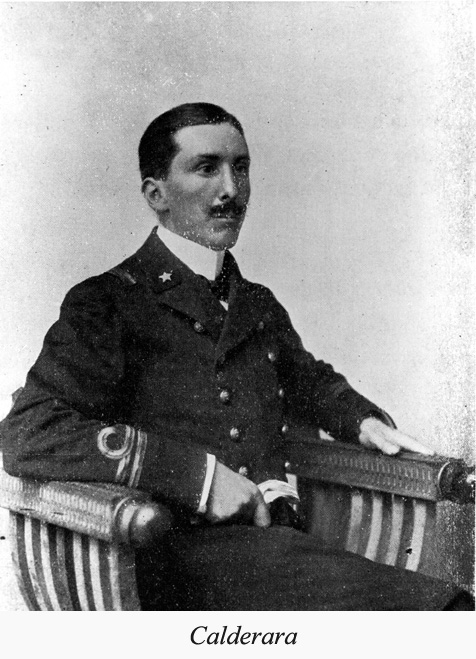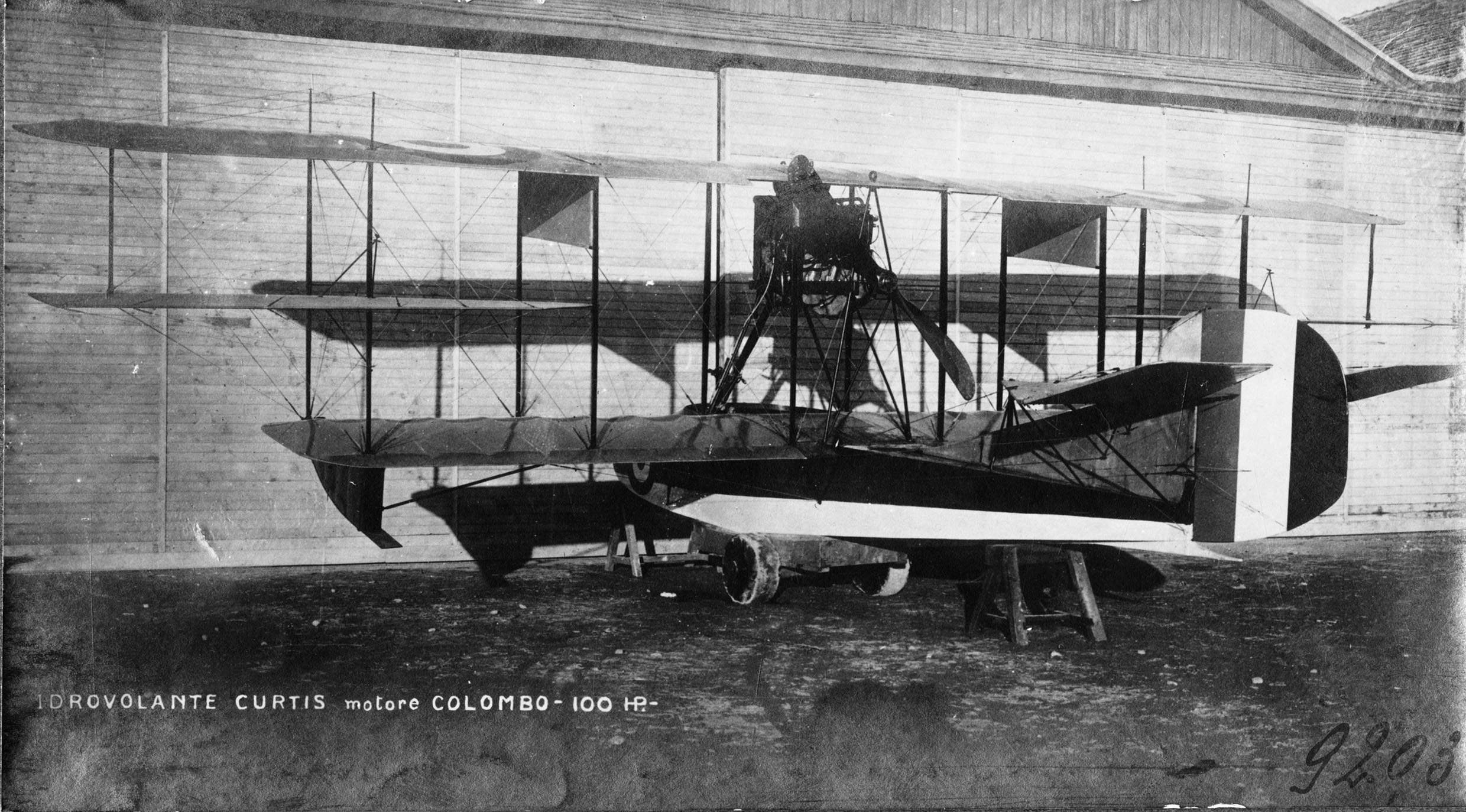
The dream of flying is as old as the myth of Icarus. The first attempts were made imitating birds and employing kites, hot air balloons, airships, gliders and other devices. Inventors continued to improve "flying machines" until the successful results achieved by the Wright Brothers who managed to realize the first ever manned flight.
In the history of naval aviation, a pivotal role was played by a bunch of brave pioneers who started designing and employing aircraft to optimize naval operations. At the same time, studies on a platform capable of embarking airplanes were also implemented in the early 1900s.
In 1905 at the La Spezia Naval Shipyards, Lieutenant Mario Calderara, the first pilot ever qualified in Italy, designed a hydro glider which was towed by Destroyer Lanciere to allow the taking off.
In 1911, Naval Engineer Captain Guidoni also gave an important boost to the design and realization of the first seaplanes–carrier at La Spezia Shipyard.

During the Italy/Turkey war Italy was the first nation in the world to employ airship and aircraft operated by Navy and Army pilots for reconnaissance and bombing missions.
It was not until 1913 that Admiral Paolo Thaon di Revel, Italian Navy Chief of Staff, established the "Servizio Aeronautico della Regia Marina" (the Navy Bureau of the Italian Aircraft) and, in the same year, the Aviation Training School and the Air Fleet. This is the reason why 1913 is considered the date of birth of the Naval Aviation in Italy.
After several attempts to transform ships into aircraft carriers, in 1914 the cruiser Elba was successfully transformed into a naval unit capable of embarking seaplanes.